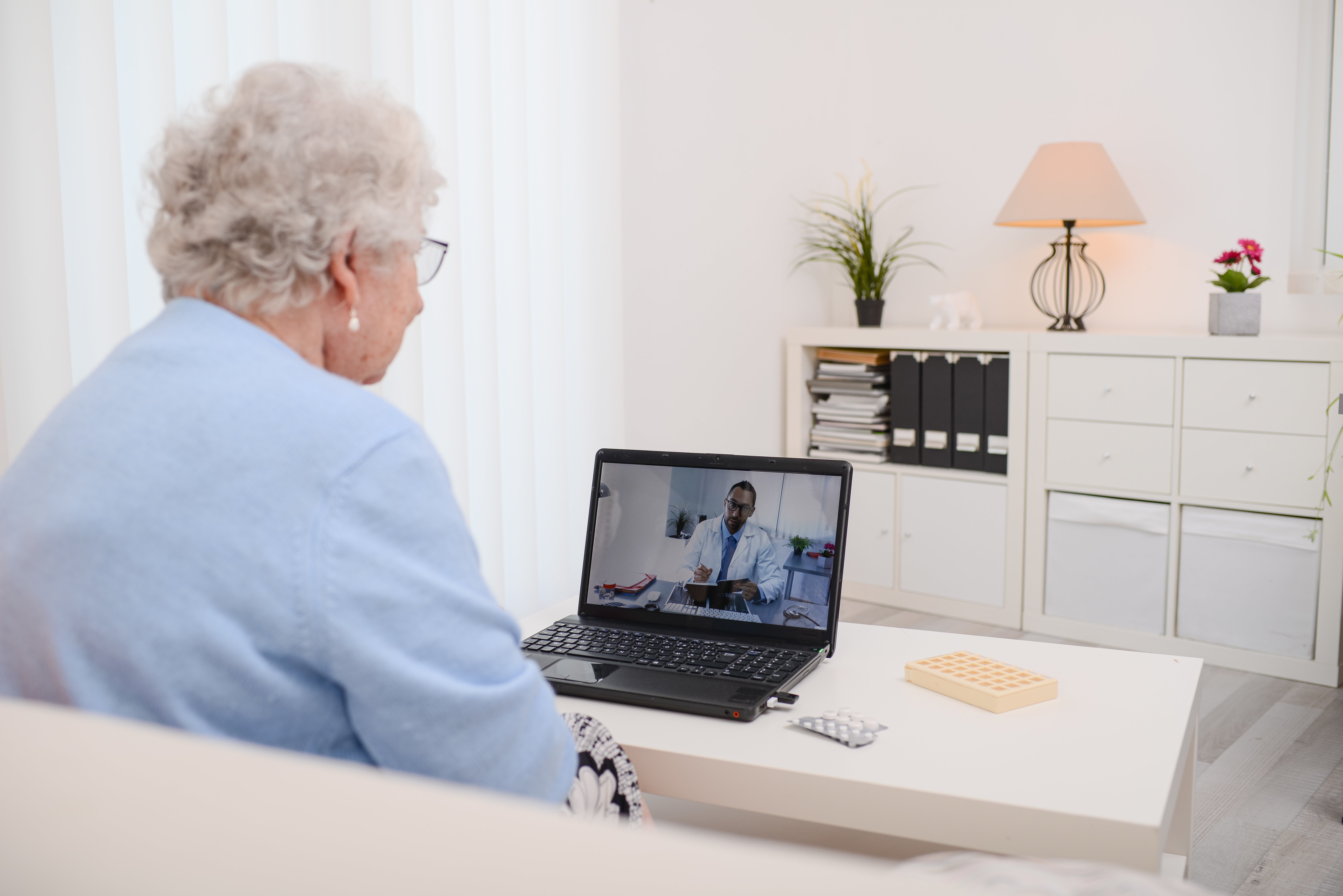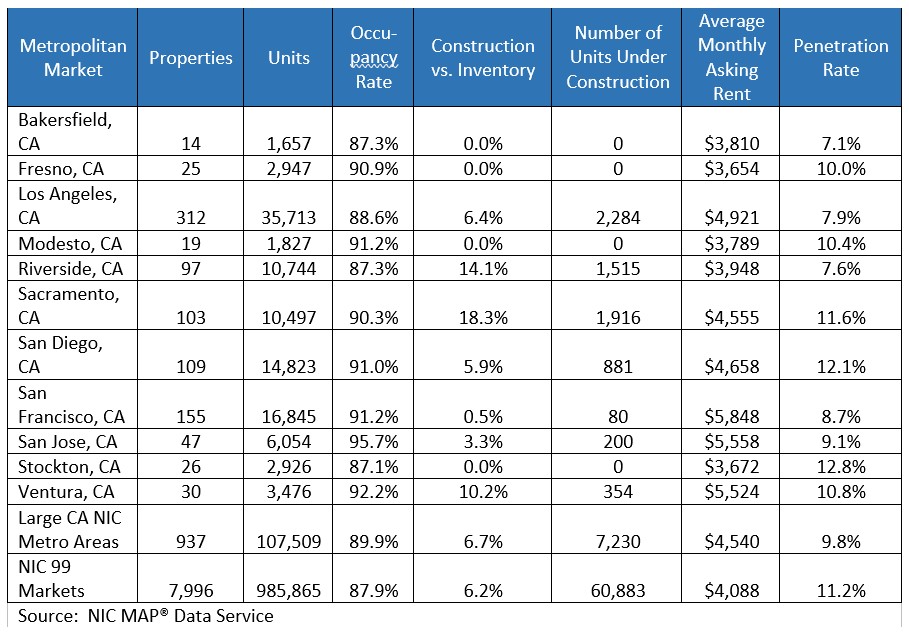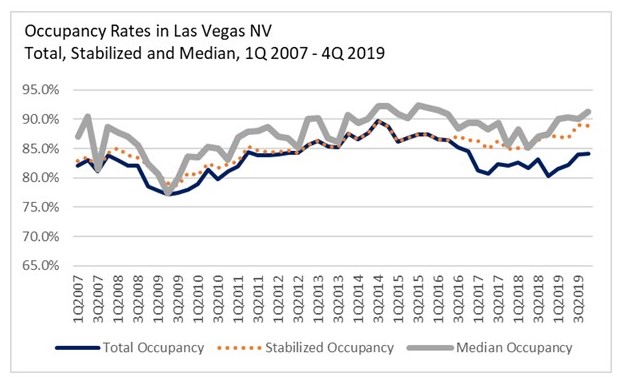Medicare just announced that it will − temporarily − reimburse for telehealth-provided services, opening an opportunity for seniors housing providers to provide residents with access to vital health services without exposing them to pathogens circulating at hospitals and clinics as a result of the coronavirus outbreak.
A very timely panel discussion at the NIC Spring Conference on “Telehealth: Boon or Threat to Senior Care?” offered an overview of telehealth options, as well as concrete suggestions for seniors housing companies wanting to get started.
Panel moderator Kelsey Mellard, CEO of Sitka, laid the groundwork by clarifying that the general concept of “Telehealth” includes very different services. Many people assume that telehealth describes remote monitoring of patient vitals, with smart devices transmitting health data to providers automatically and securely for analysis. The NIC panel, however, focused on another service category getting a lot of attention recently: virtual consultations by medical professionals, whether RNs, primary care doctors, or specialists; via phone, secure messaging, and/or video conferencing. Sitka and Doctor On Demand, whose president and chief commercial officer Robin Glass was also represented on the panel, both fall into this category.
Panelist Michael Kurliand, director of telehealth and process improvement at West Health, a non-profit focused on lowering health care costs for seniors, pointed out that telehealth is not new – it has been around since the 1960s – and that peer-reviewed and anecdotal evidence show up to a 40% reduction in hospital admissions with the deployment of telehealth practices in post-acute care settings.
Glass described the services of Doctor On Demand, where people consult via video and online chat with their care team. They can develop a relationship with a specific doctor, scheduling appointments in advance with him or her, or get help at any time from any doctor available. Doctor On Demand also supports multi-party calls so family members can join the conversation.
Sitka facilitates secure consultations with specialists, if the primary care physician needs a second opinion from an expert, and creates video messages from the specialist with specific instructions for patients, said Mellard.
Seniors housing staff members can assist residents with appointment scheduling online, or with using conference calling or messaging technology, keeping frail seniors from being exposed to dangerous viruses in doctors’ waiting rooms. Plus, as Kurliand points out, virtual visits can reduce the chance of a staff member getting infected.
During the question period, several operators asked about using telehealth for remote patient monitoring. Kurliand said this can be problematic because as soon as you get involved, you incur responsibility and liability.
For seniors housing operators wanting to explore telehealth, Kurliand said his team at West Health offers a free guide to getting started, available on the West Health website. Kurliand also suggests engaging with your regional Telehealth Resource Center. These government-funded centers offer connections and state-specific advice to organizations wanting to explore telehealth. You can find your local center at telehealthresourcecenter.org.
While the current CMS ruling applies only until the end of the healthcare emergency that the U.S. Department of Health declared on January 31, legislation pending in Congress could extend some or all of the provisions of the bill into the future. For more information, see the Medicare Telemedicine Health Care Provider Fact Sheet available on CMS.gov.
“There are a lot of good things in this ruling, and I commend Seema Verma and her team. It will give people a running start in implementing telehealth services, but it doesn’t really go far enough and will probably get revised,” Kurliand commented after the CMS ruling was announced.






